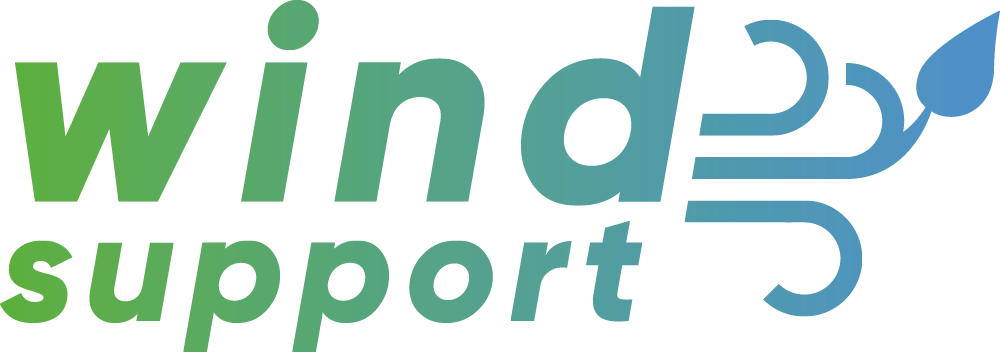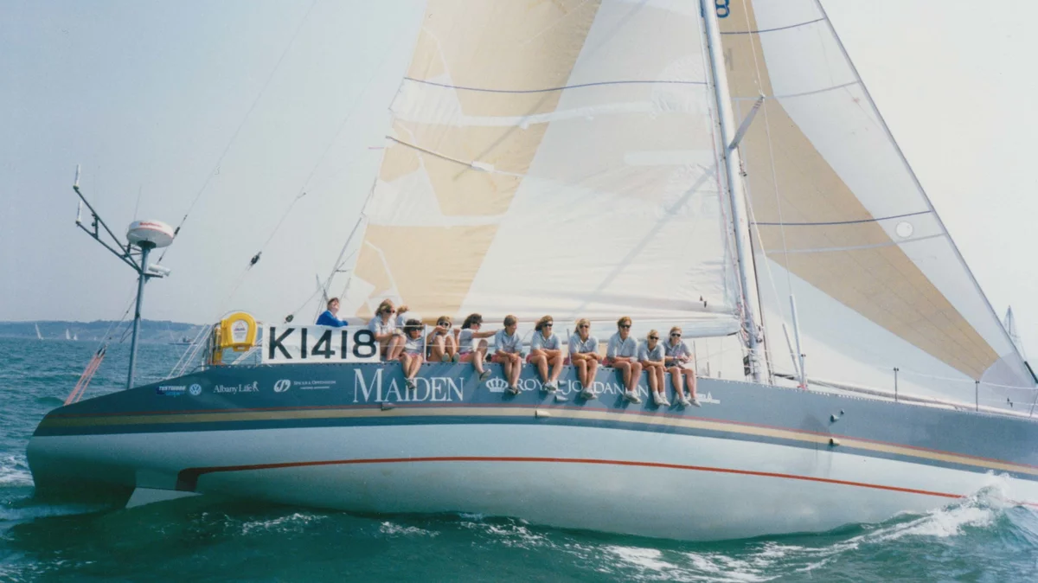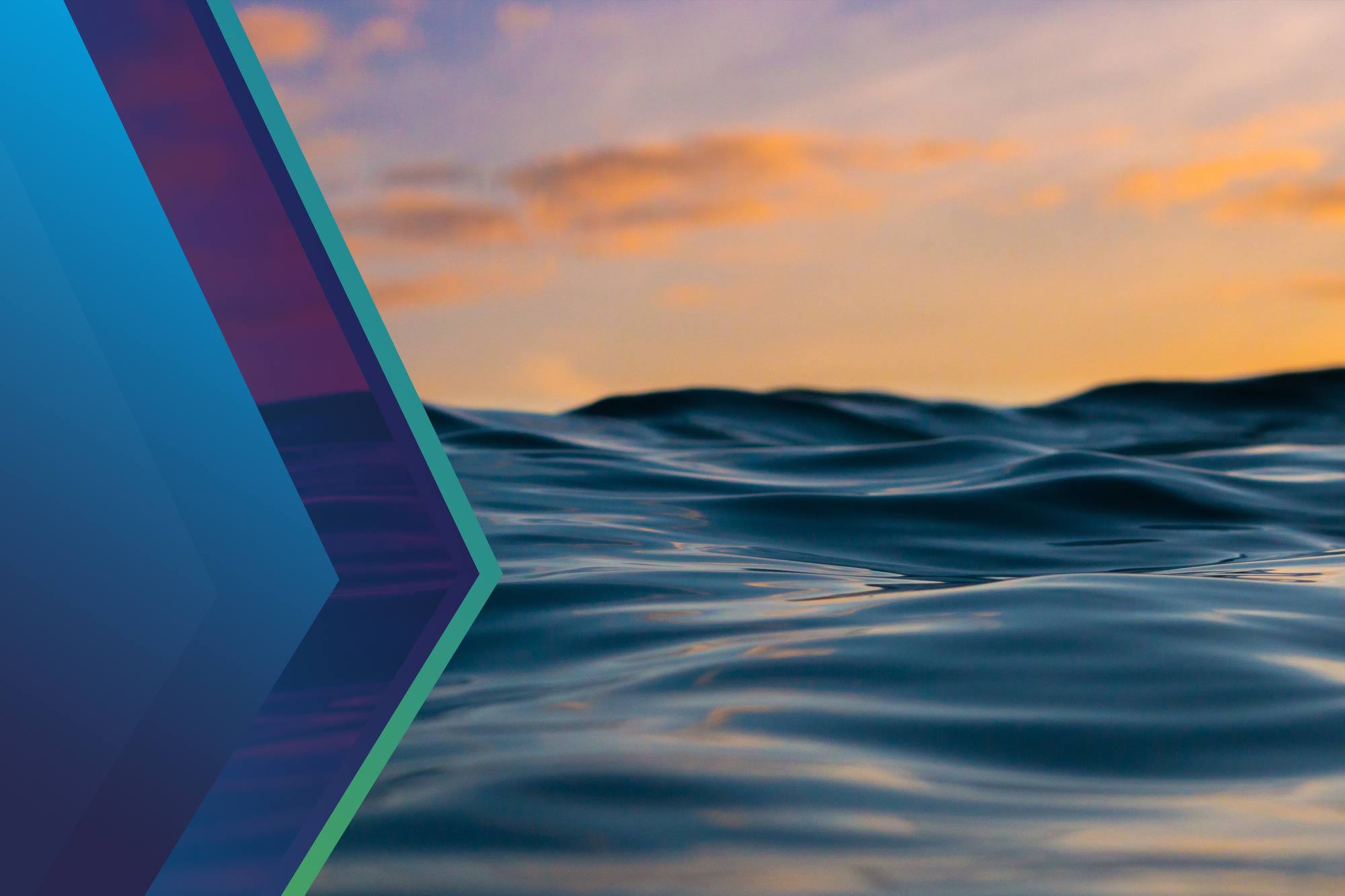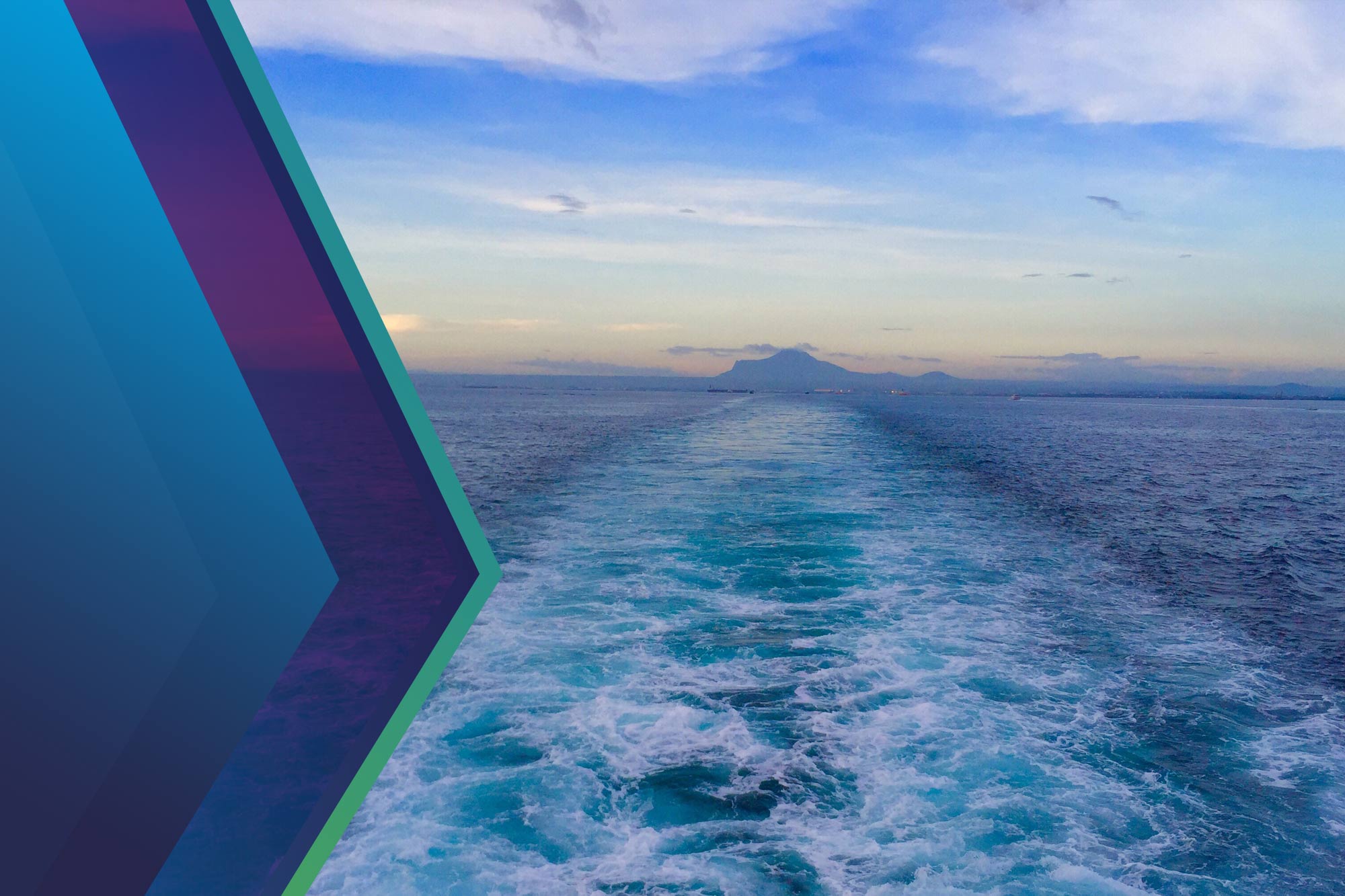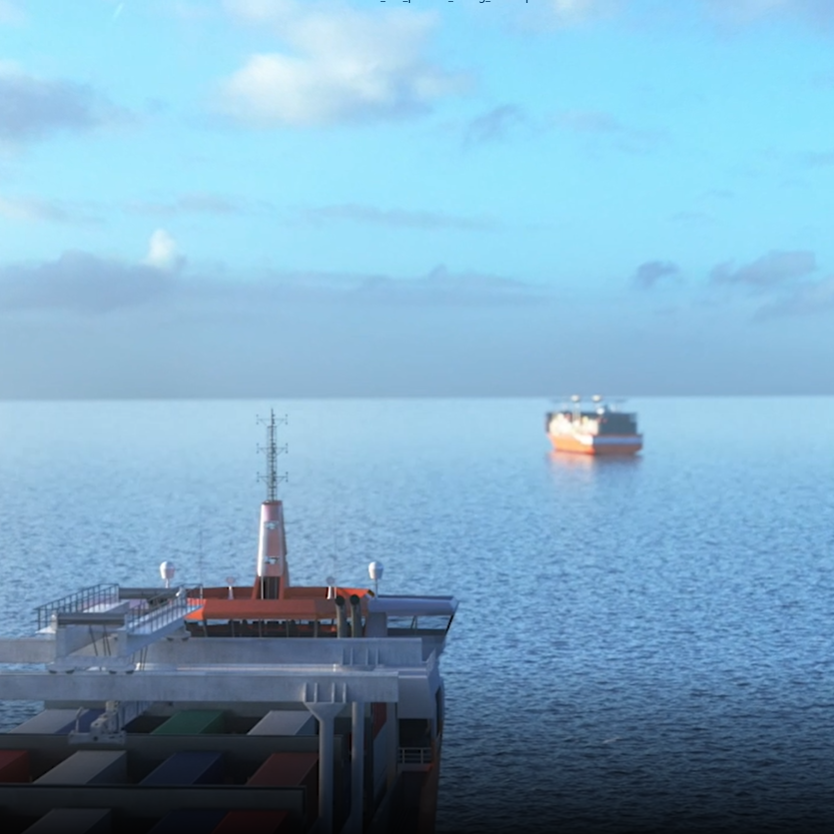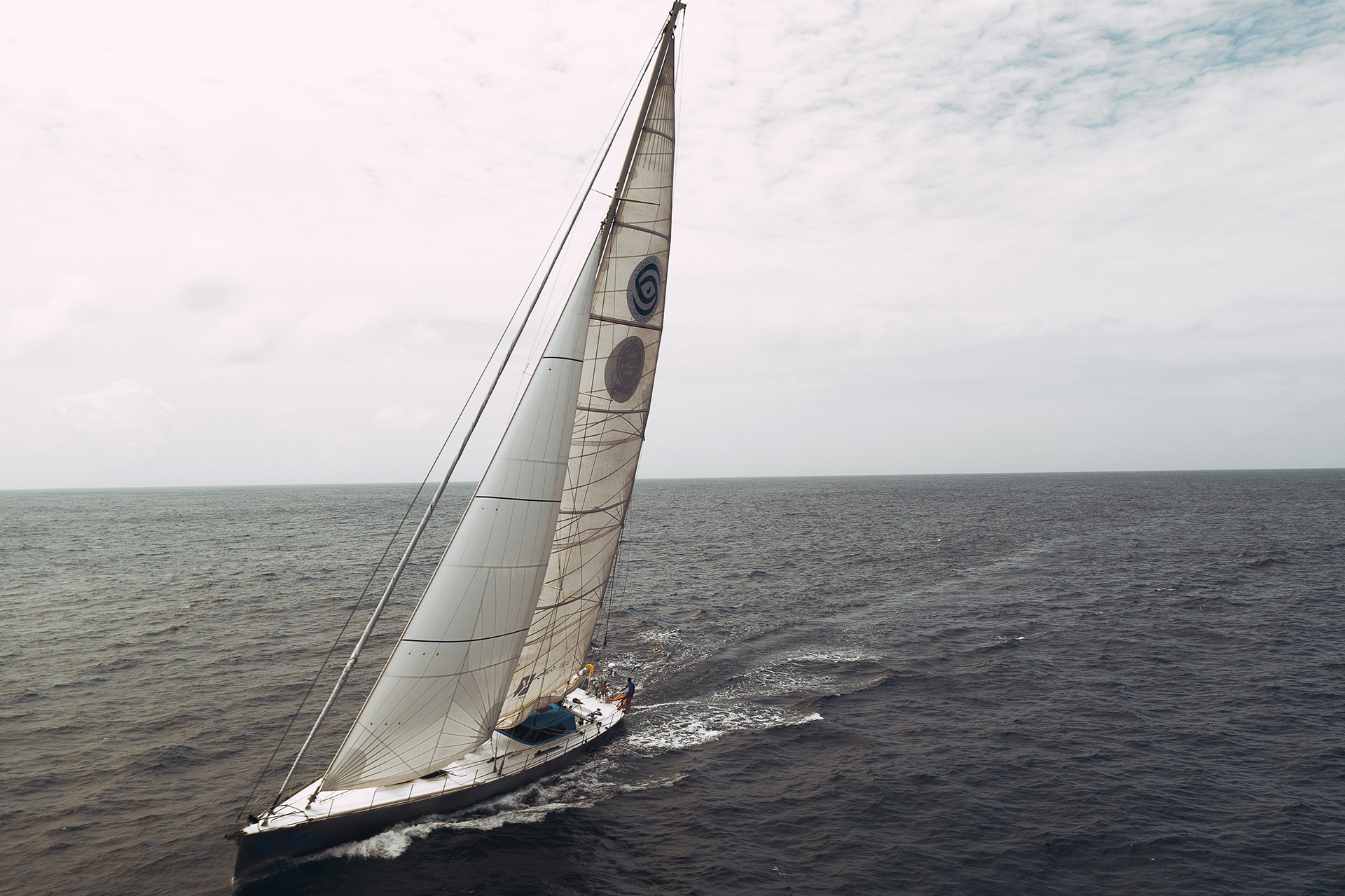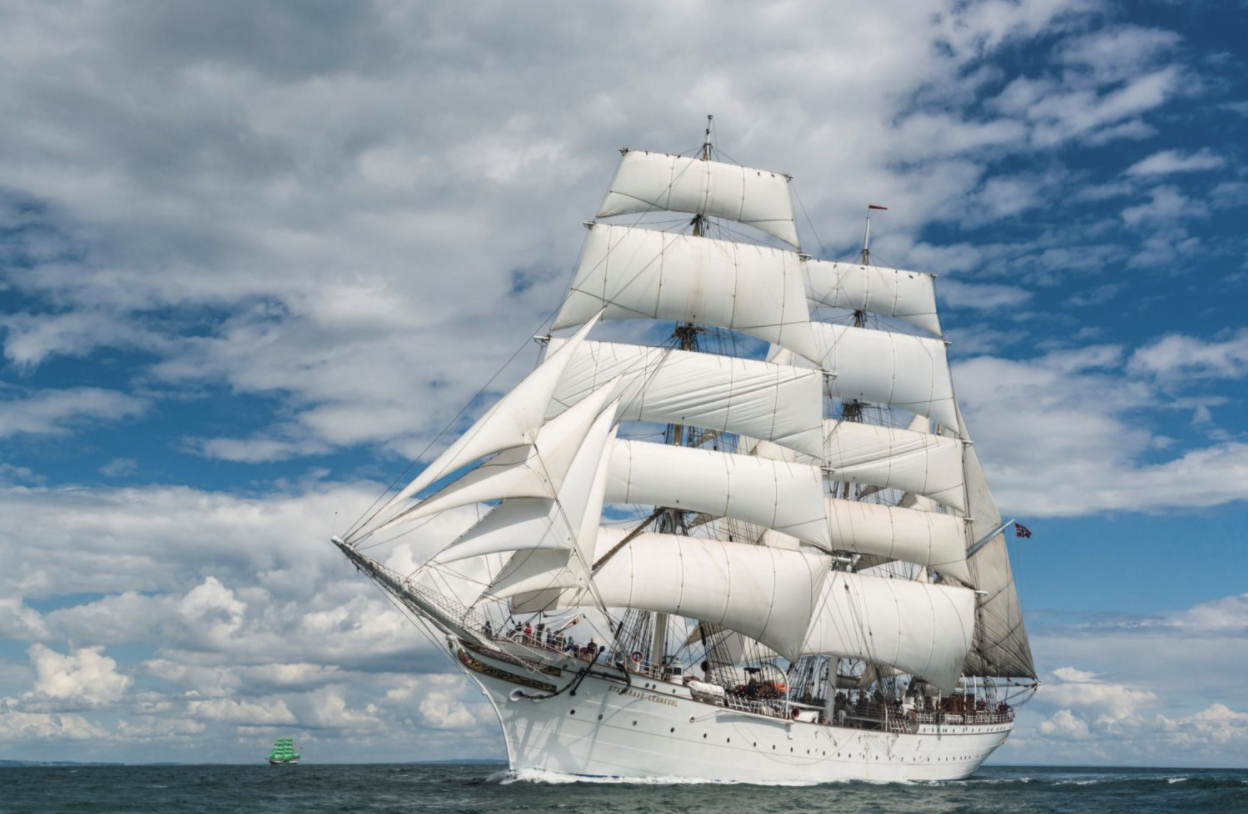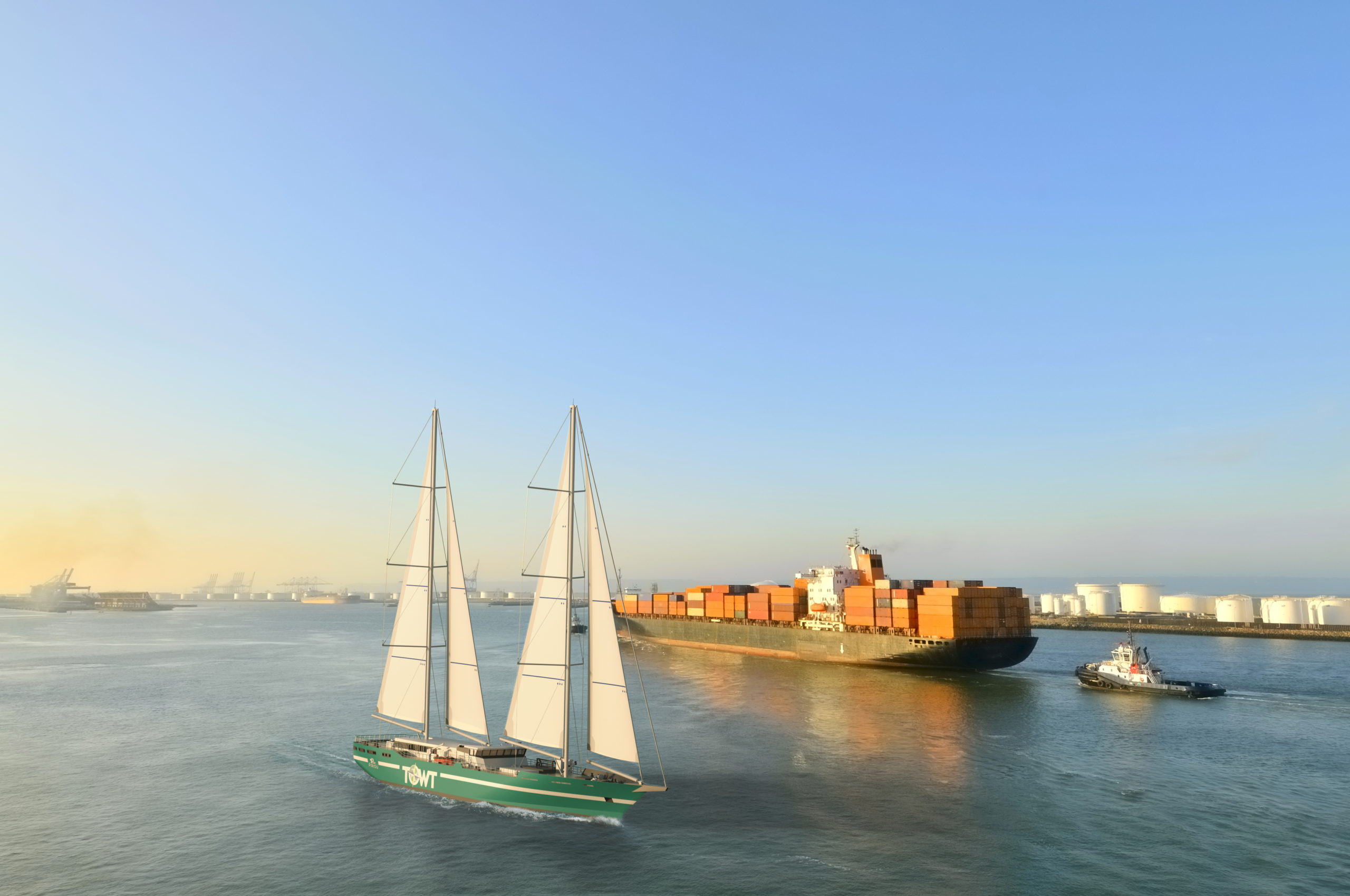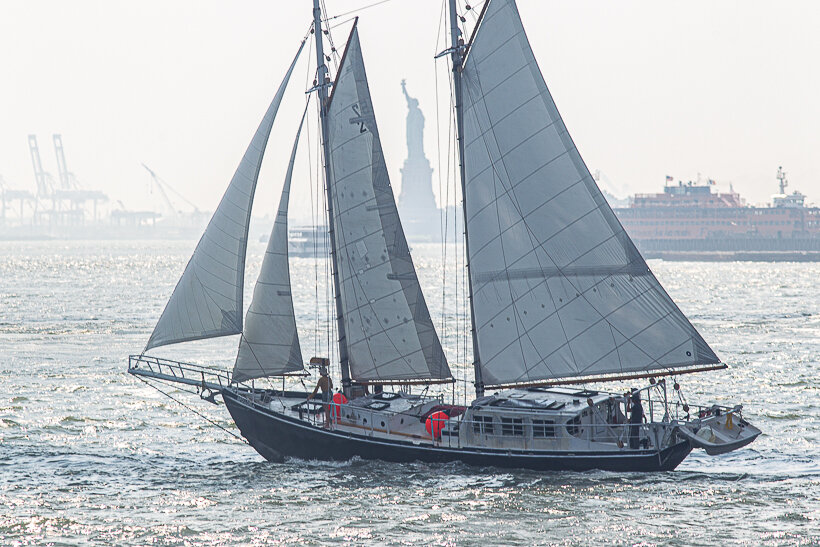In today’s episode, we are delighted to receive Ami Daniel, the co-Founder, and CEO of Windward: a maritime data and analytics company. Daniel is an entrepreneur and a driver of technological change and is the recipient of the Israeli President’s Award for Social Activism and The Ilan Ramon Award for Leadership and Excellence.
Windward is a Predictive Intelligence company that is digitalizing the global maritime industry. Their technology allows other ship owners & operators, banks and commodity traders access to real-time information about the maritime ecosystem to make predictive and financially secure decisions.
The company has recently launched the Data for Decarbonization Program which is a hub for sharing data and technology to predict and reduce maritime carbon emissions. The goal is to create large datasets gathered from all stakeholders in the marine trade industry to build AI models that will accurately predict the carbon emissions of any vessel voyage and optimize the whole pre-fixture process.
This technology will aid in solving the rush to wait issue. Did you know that shipping businesses lose an estimated 18 billion USD annually due to “Rush to Wait?” This happens when vessel operators, wanting to ensure their vessel arrives on time, rush their arrival and speed up the journey. This leads to a lot of fuel waste, increased CO2 emissions and is incredibly inefficient. Windward’s AI offers a way to share information that will improve operational vessel efficiency.
Join us to learn more about their unique data collection process and find out what makes Windward’s approach different than other maritime innovators.
